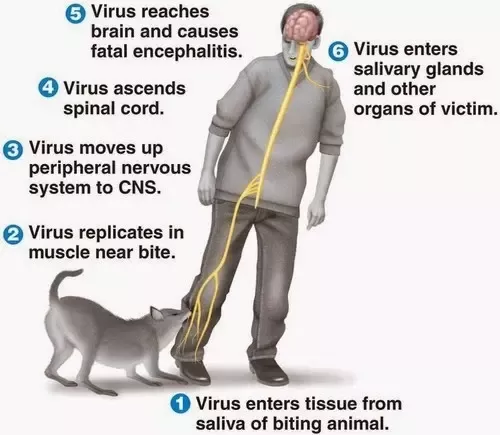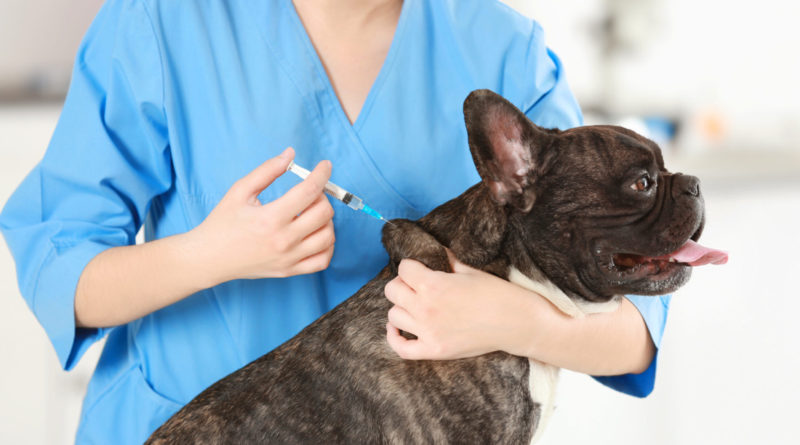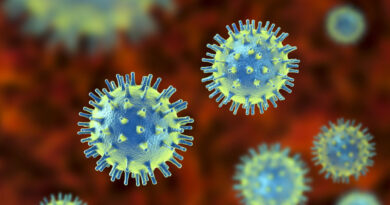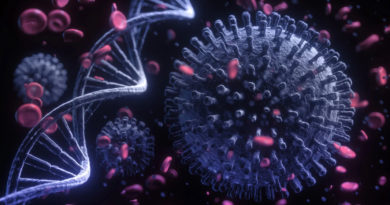Rabies (Hydrophobia)
Rabies is a vaccine-preventable, zoonotic, viral disease. Once clinical symptoms of hydrophobia appear, rabies is 100 % fatal.
Rabies is a disease of humans in which patient show a characteristic symptom of hydrophobia (the patient exhibits fear of water, being incapable of drinking though subject to intolerable thirst.). It is transferred by bite of mad dogs, bats, raccoons, skunks and foxes. As the microorganism responsible to this disease multiply and grow in the saliva of such wild animals. Because dog is very common in human socities, maximum rabies deaths caused by dog bites. The name ‘rabies’ comes from the Latin word rabidus, meaning mad, derived from the sanskrit root rabhas, for frenzy. Rabies in animals is not called hydrophobia because they do not have this peculiar feature.
Rabies is fatal but preventable disease. The rabies virus entered in human body by wild animal bites, infect the central nervous system. In the absence of proper medical care after exposer to rabies virus, it may cause disease in brain leading to hydrophobia and then death.
Some peoples use to vaccinate their pets, so that their bites does not transmit at least rabies virus.
As per WHO, rabies infection causes tens of thousands of deaths every year, mainly in Asia and Africa. 40% of peoples bitten by suspect rabies animals are children under 15 year of age.
Transmission Of Rabies

Rabies is a virus born disease. Its virus can be transmitted to humans by a bite of dogs (most commonly), bats, raccoons, foxes like animal. As dog is a most commonly considered as domestic animal, its bites have more chances to transmit the virus in humans. It can be done by direct contact with saliva or brain/nervous system tissue from an infected animal. Bites are the most common method to transmit the disease from infected animal to healthy human, but it can also be transmitted by scratches (are uncommonly).
Symptoms
In human the incubation period of rabies virus is about 1 – 3 months, though it may be as short as 7 days or as long as three years. The incubation period is short in persons bitten over head or face, and long in those are bitten on the legs. The incubation period is generally shorter in children then in adults.
The course of the disease in humans can be classified into four stages – prodrome, acute encephalitic phase, coma and death. The onset is marked by prodromal symptoms such as fever, headache, malaise, fatigue and anorexia.
Diagnosis
Currently there is no diagnostic tool or technique to identify rabies before the onset of clinical symptoms. Human rabies can be confirmed intravitam and post morten by various diagnostic techniques that can detect whole viruses, viral antigens or nucleic acids in infected tissues (brain, skin or saliva).
Post Exposure Prophylaxis
Immediate treatment of a bite victim after rabies exposure. This can prevent virus entry into the central nervous system, which result in imminent death. Following steps can be taken to save human life after a bite by wild animal.
- Extensive washing and local treatment of the bite wound or scratch as soon as possible after a exposure.
- A course of potent and effective rabies vaccine.
- The administration of rabies immunoglobulin.
Rabies is completely treatable and not fatal if the treatment start immediate after a bite of suspected rabies animal. Once the clinical symptom of hydrophobia (fear of water) or aerophobia (fear of drafts or of fresh air) it is difficult to stop the infection, and the disease become fatal for humans.
Reference: Text Book Of Microbiology, WHO



